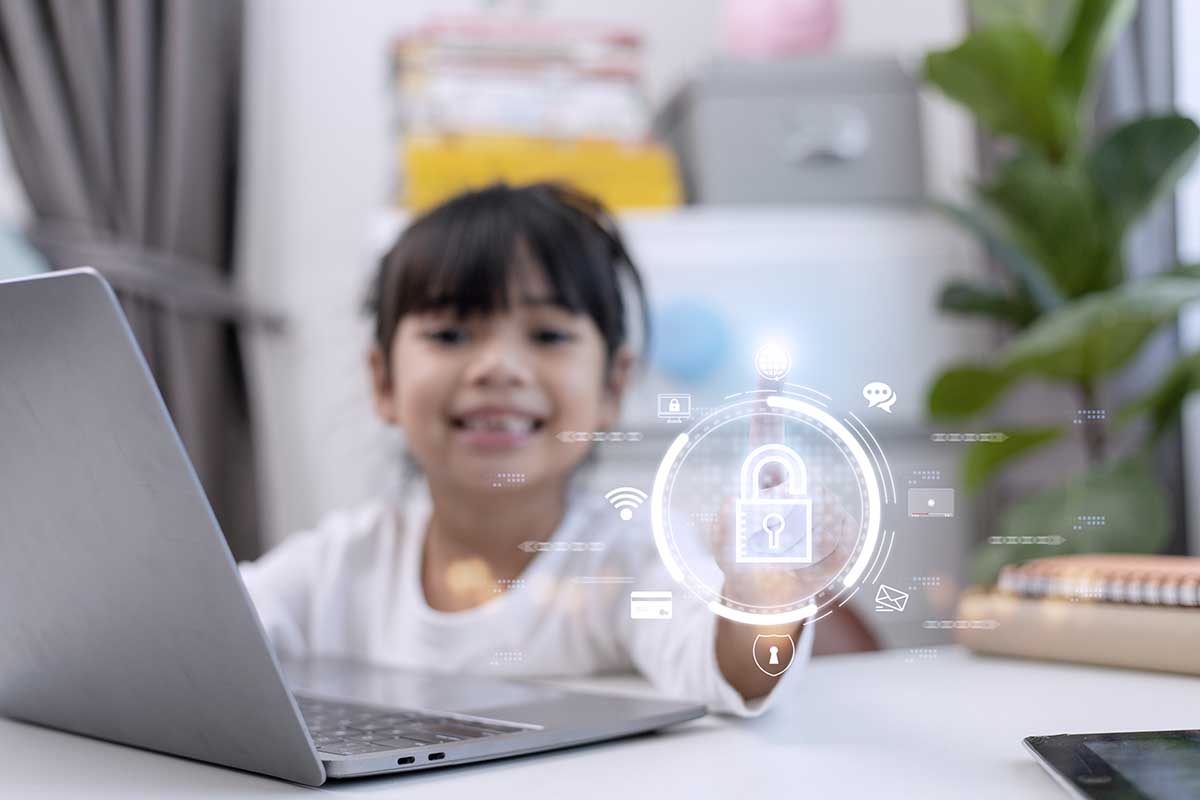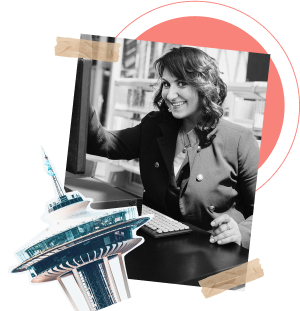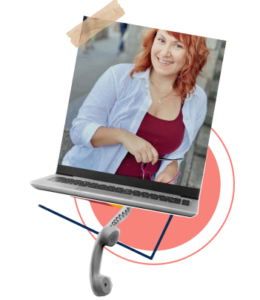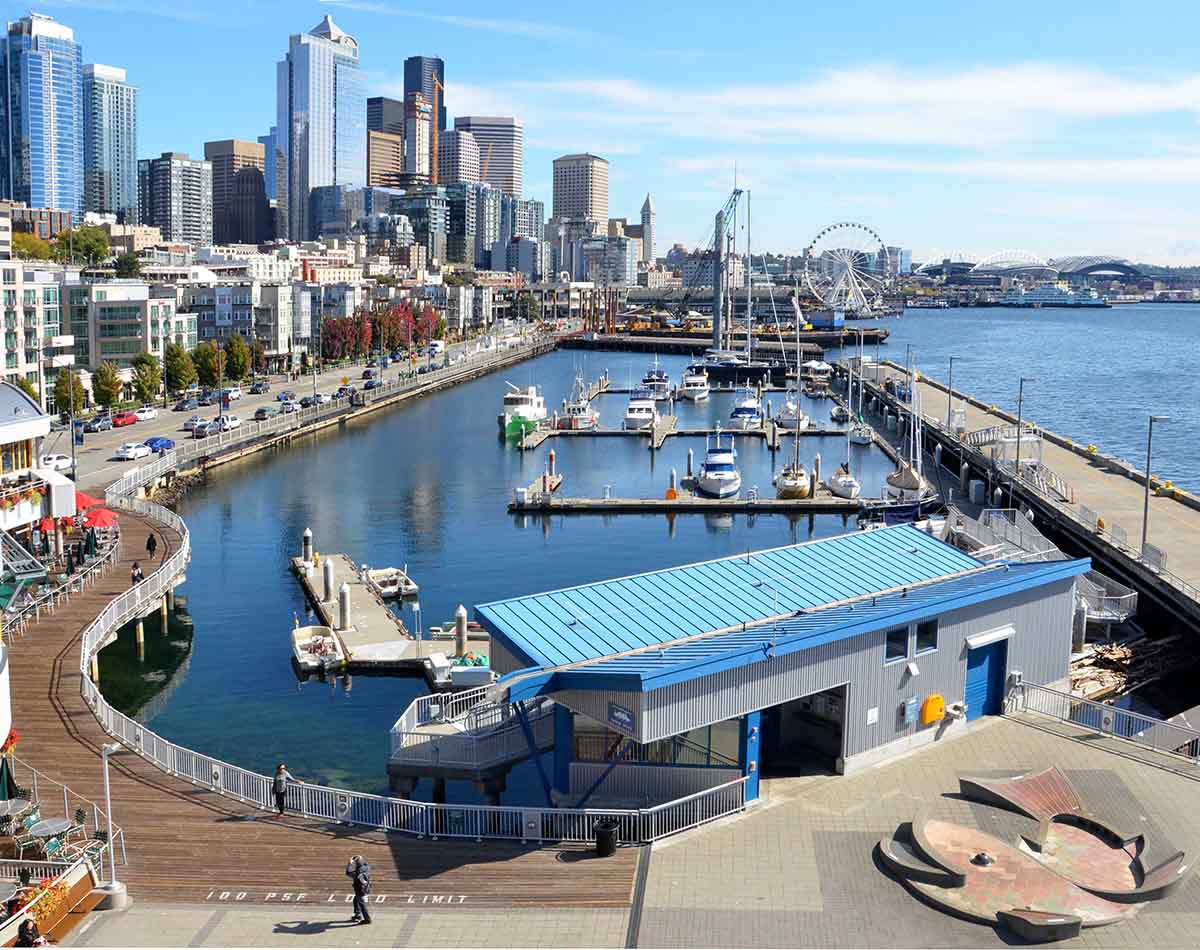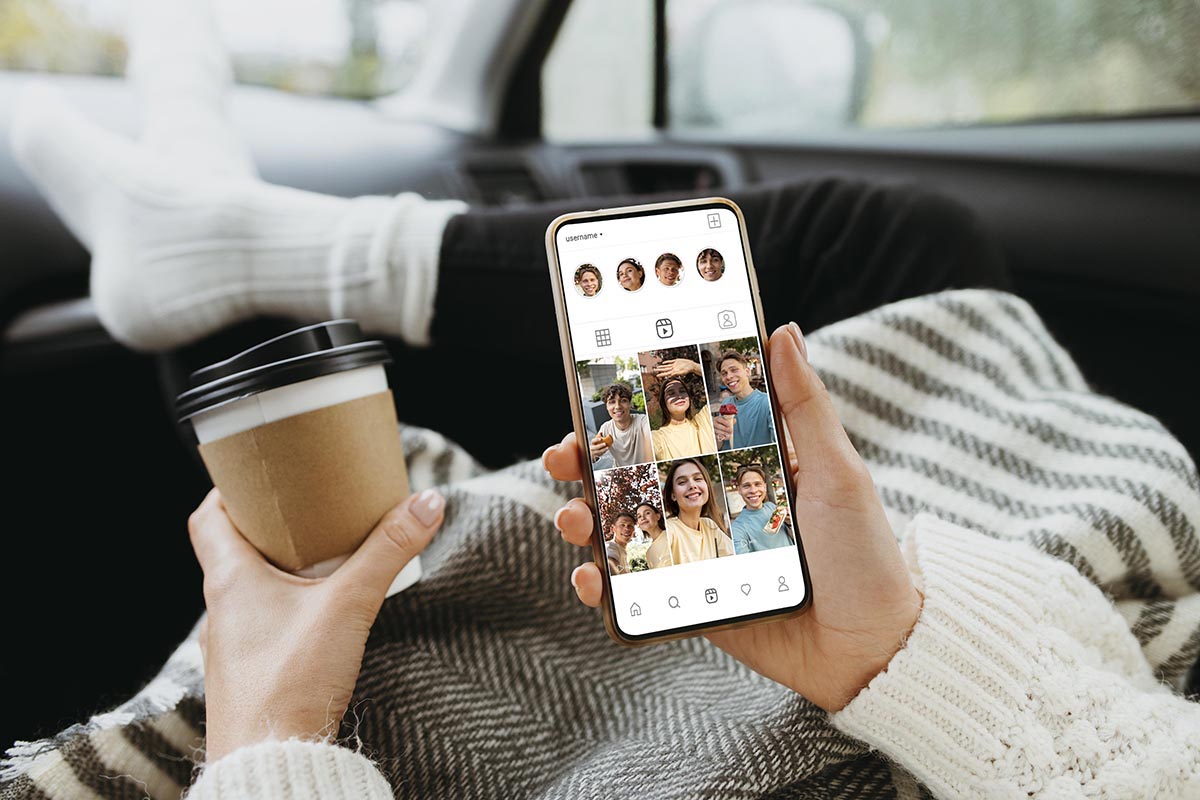Safe Search for Kids: Simple Ways to Keep Them Safer Online
Key Points
SafeSearch is just the first step – safe search for kids is a helpful first step—it filters explicit results, but it doesn’t block everything. That’s why it should be part of a bigger protection plan.
Layered protection works best – combining device restrictions, parental controls, and SafeSearch creates a more complete safety net.
Conversations matter most – open discussions with kids about online safety build trust and help them develop their own judgment as they grow.
When kids go online, they aren’t just opening up apps and websites.
They’re stepping into a world that’s as wide and unpredictable as any busy street.
Parents usually think about screen time limits or blocking a handful of sites, but the truth is that protecting your child online takes more than one tool.
Combining multiple layers of protection creates a safer experience that grows with your child’s curiosity.
Even if you’re looking up internet Yuma, AZ options for faster speeds, it’s just as important to slow down and think about how those connections are being used by the youngest members of the family.
Why SafeSearch Alone Isn’t Enough
SafeSearch is a great first line of defense, but it has its limits.
It filters explicit content in search results, but it doesn’t block everything.
Kids can still stumble onto questionable videos, images, or websites through links, ads, or shared files.
Using safe search for kids is like locking the front door but leaving the windows open.
That’s why it should be part of a bigger strategy, not the only solution.
Layering Device Restrictions
Every device your child uses—whether it’s a phone, tablet, or laptop—has built-in settings that let you manage what can be accessed.
These restrictions let you filter apps by age rating, limit in-app purchases, or even set screen time boundaries.
It’s the equivalent of teaching your child not just to cross the street safely, but also when it’s time to come inside.
By layering these controls with SafeSearch, you’re creating a barrier that covers more than just internet browsing.
The Role of Parental Controls
Parental control software takes things even further.
These tools can give you reports on your child’s online activity, allow you to block or allow specific websites, and even send you alerts when certain types of content are accessed.
Think of it like cruise control in a car—it doesn’t drive for you, but it makes the journey smoother and safer by taking care of the details you can’t always watch yourself.
This layer fills in the gaps that SafeSearch and device restrictions can’t cover on their own.
Building Habits Alongside Technology
The most overlooked piece of online safety isn’t software or settings—it’s conversation.
Rules and restrictions are important, but kids are naturally curious and will eventually push against limits.
Talking with them about why SafeSearch is on, what it means to be safe online, and what to do if they find something uncomfortable creates trust.
These conversations build a kind of internal filter that no app or setting can provide.
When children understand the “why” behind the rules, they’re more likely to make better choices even when nobody is watching.
Adjusting Protections as Kids Grow
A safety plan for a ten-year-old will look very different from what you’d set up for a sixteen-year-old.
Younger children benefit from strict filters and limited access, while teens may need more freedom paired with open communication.
Just as you wouldn’t give the keys to the car to a child who hasn’t learned to ride a bike, internet freedoms should be unlocked gradually.
Updating settings regularly helps you balance safety with the independence kids crave as they get older.
Looking Beyond the House
It’s easy to forget that kids connect outside the home too.
That’s why safe search for kids is important on school devices, public Wi-Fi, or even at friends’ houses where restrictions may not be in place.
Encouraging good habits and explaining why certain protections are important helps them carry safe practices wherever they go.
Remind them that tools like SafeSearch are not punishments but safeguards that travel with them, even when the environment changes.
Staying Involved Without Hovering
Some parents worry that too many restrictions mean spying or controlling every move.
But online safety doesn’t have to feel like surveillance.
It’s more like teaching your child how to cook—you guide them, stay close enough to help, and gradually step back as they learn.
The goal is to build trust while still making sure the environment is safe. Using a mix of filters, restrictions, and controls lets you keep that balance between protection and independence.
Technology Is Only Part of the Answer
It’s tempting to believe that the right app or setting will solve everything, but technology alone can’t raise safe, thoughtful internet users.
Children need examples, discussions, and guidance alongside the digital protections.
By blending SafeSearch, device restrictions, parental controls, and regular conversations, you’re not just blocking harmful content—you’re teaching responsibility.
This layered approach sets the stage for your child to grow into an adult who knows how to navigate the digital world wisely.
Final Thoughts
Keeping your children safe online doesn’t mean choosing between strict rules and total freedom.
It’s about finding the middle ground where technology and communication work together.
SafeSearch filters out the worst of the internet, device restrictions set healthy boundaries, and parental controls give you insights that help guide your decisions.
But the most powerful layer is the relationship you build with your child, showing them how to be cautious, curious, and respectful online.
With all these elements in place, your child is far better equipped to handle the internet’s challenges and opportunities.
